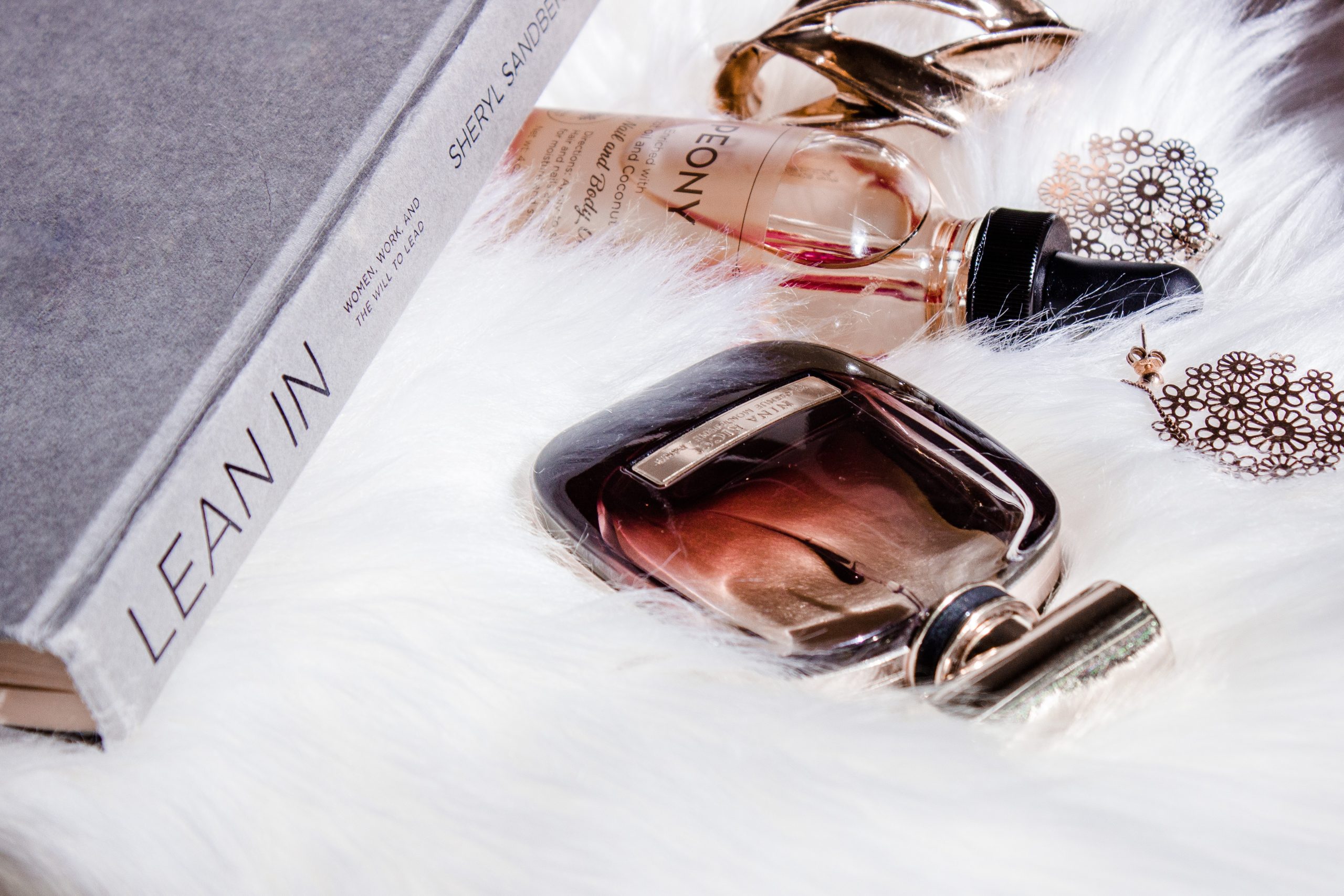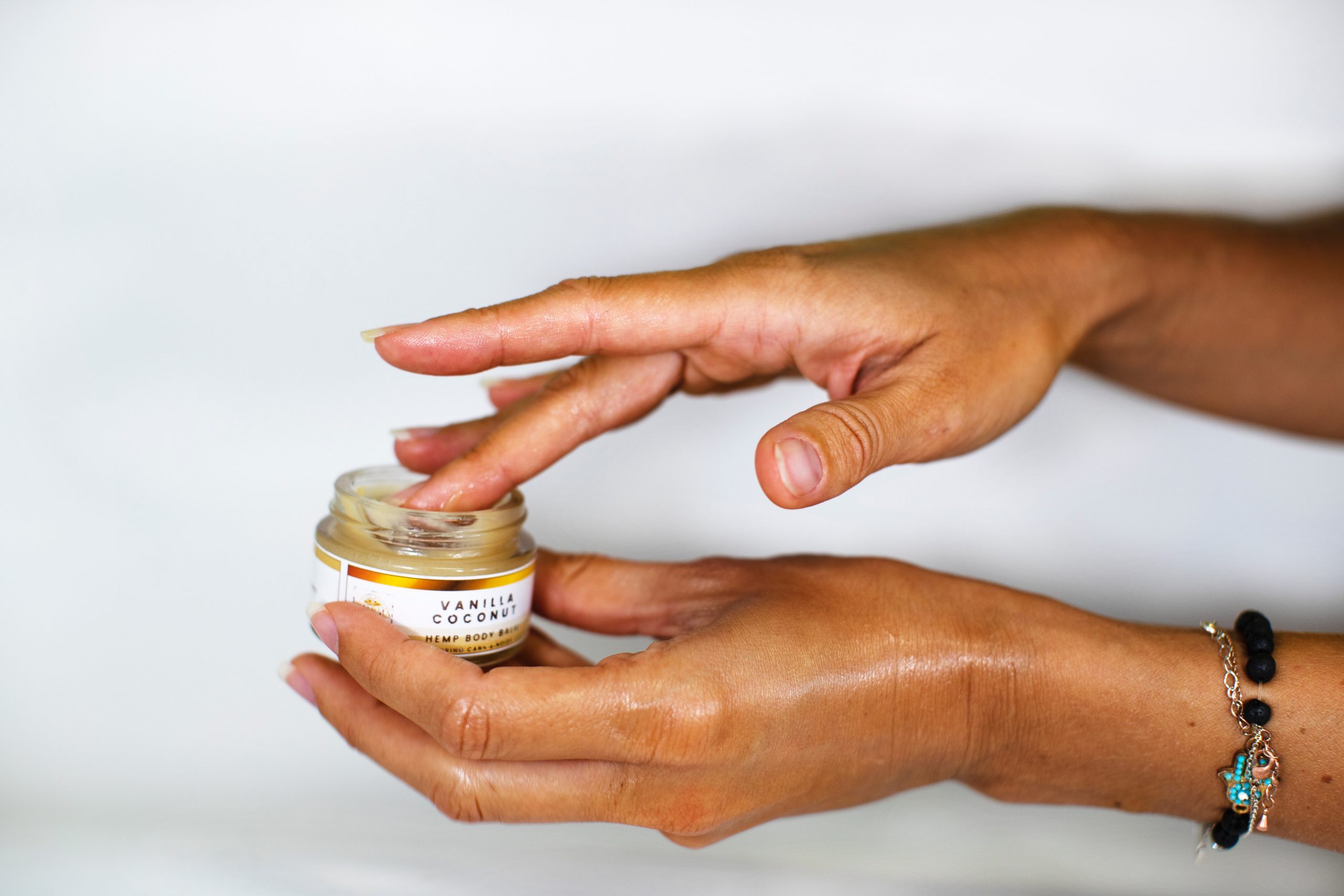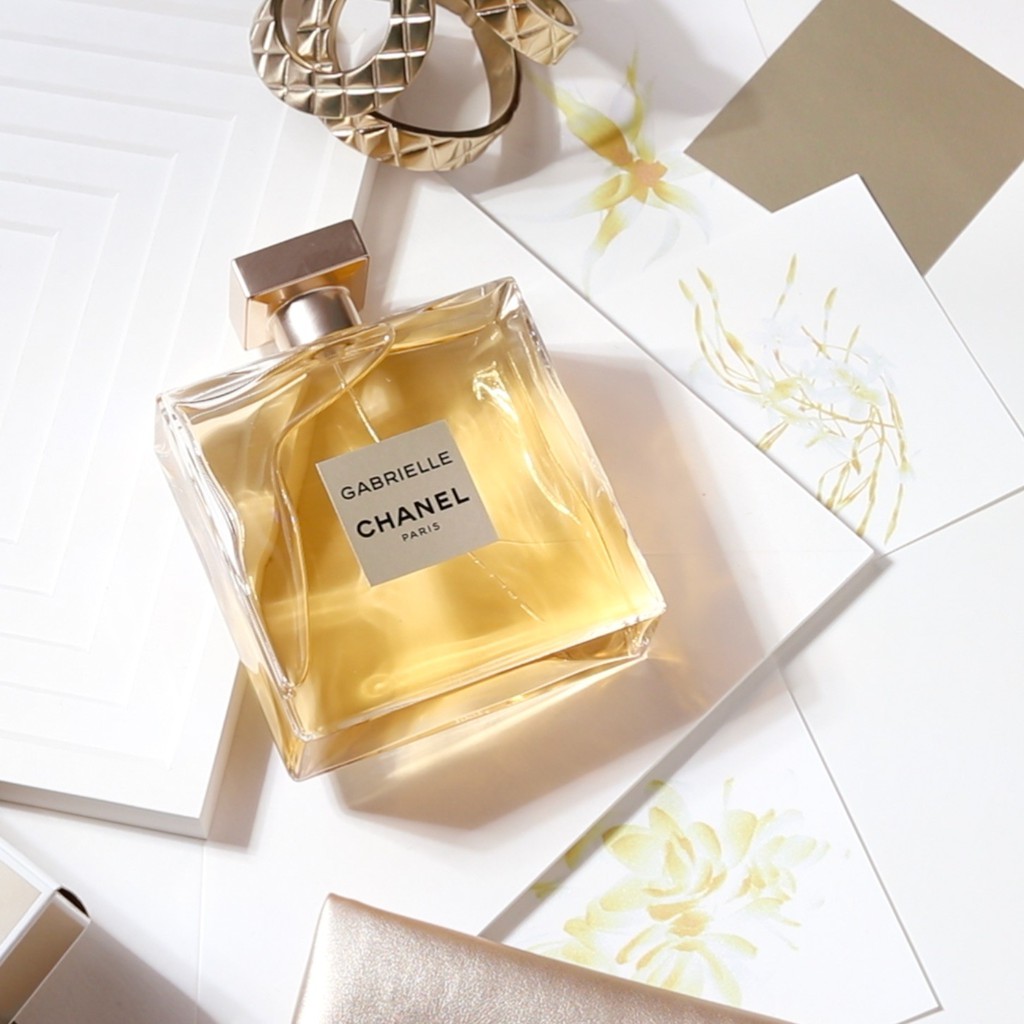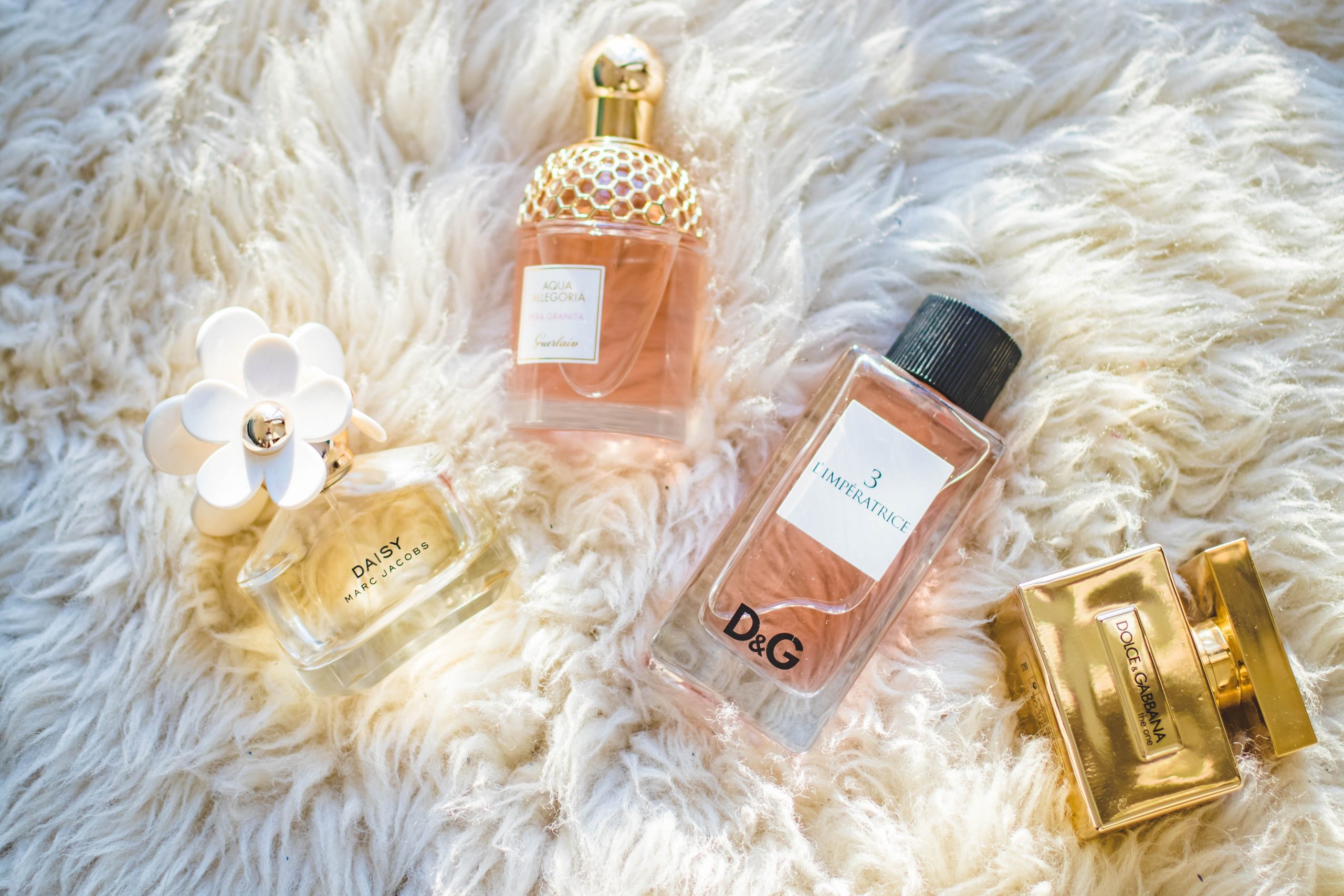Layering perfumes doesn’t mean spraying two fragrances directly over each other.

Picture this – you’re wearing your all-time favourite perfume for, say, 5 years now. You’re proud of wearing it because it’s your scent, it’s the scent that you’ve come to “own” for years. Until you come across someone (or a few someones) wearing the exact same perfume, and suddenly, that mystique and magic is gone. Reality hits – there are probably hundreds or thousands of other people who are sporting that same perfume.
Either that, or you’ve been a bit overzealous in your shopping and now have too many perfumes to your name. The solution? Layering your perfumes. Read on to find out how you can kill two birds with one stone with this technique.
Why would I need to layer perfumes?
You don’t need to, though mixing and matching your own scent blends allows you to truly capture and showcase your personality. It allows a sort of creative freedom that allows you to express yourself fully through fragrance, or create a custom scent to suit your mood. Look at it this way – by layering your scents, you’ll be able to wear a fragrance that’s truly yours.
Do I really need to get so many bottles of perfume?
 Fragrance isn’t just limited to your expensive Eau de Parfum bottles or EDT roll-ons, and layering scents doesn’t necessarily mean spraying different types of perfumes directly over each other. Blending your fragrances can start as early as in your shower, with a luxuriously scented bath salt or shower oil. Think perfumed lotions or balms that can even help moisturise your skin at the same time.
Fragrance isn’t just limited to your expensive Eau de Parfum bottles or EDT roll-ons, and layering scents doesn’t necessarily mean spraying different types of perfumes directly over each other. Blending your fragrances can start as early as in your shower, with a luxuriously scented bath salt or shower oil. Think perfumed lotions or balms that can even help moisturise your skin at the same time.
If you do have a few bottles of perfume to play with, you can even play with different pulse points; for example spraying one scent on your wrists, and the other on your neck or décolleté. It’s all about experimenting and finding what’s most comfortable and accessible to you.
Where do I start?
First, you need to understand your perfume, and how different scents are layered in one little bottle. When you first spray your perfume, what you smell right away is called the top note. The top note usually evokes sparkling and fresh sensations. It’s then followed by the middle note, or the heart of the fragrance, which is usually a softer, cushier scent. Lastly, the bottom note is what lingers on you – even after the initial notes have dissipated.
 Treat your fragrances like a wine-tasting, you want to take your time to really sniff out and get to know the various layers within your perfume. From there, it just takes some trial and error before it becoming a no-brainer. In the beginning, you could try playing with fragrances that have a common note – whether they both carry a base of rose, or white musk – and work from there. You could also play with complementary scents, such as matching a tangy, fruity perfume with a lighter, floral one. Once you’ve gotten the hang of things, you can even branch out and try opposing fragrances, such as a creamy, soft vanilla with a deep, leathery spice.
Treat your fragrances like a wine-tasting, you want to take your time to really sniff out and get to know the various layers within your perfume. From there, it just takes some trial and error before it becoming a no-brainer. In the beginning, you could try playing with fragrances that have a common note – whether they both carry a base of rose, or white musk – and work from there. You could also play with complementary scents, such as matching a tangy, fruity perfume with a lighter, floral one. Once you’ve gotten the hang of things, you can even branch out and try opposing fragrances, such as a creamy, soft vanilla with a deep, leathery spice.
More tips…
A rule of thumb when layering your perfumes and making sure the end result is elegant – spritz on a heavier scent before a lighter one; this ensures that the latter doesn’t get overpowered and lost in the former. It’s also worth noting that you should let a new blend sit for an hour as a test run before showing it to the world. Scents vary from person to person, and you’ll need to see (or smell) how your layering mixes with your own pheromones.
Lastly, take your time and have fun with it – after all, it’s another way of getting creative!
Photos courtesy of their respective brands & Unsplash.










